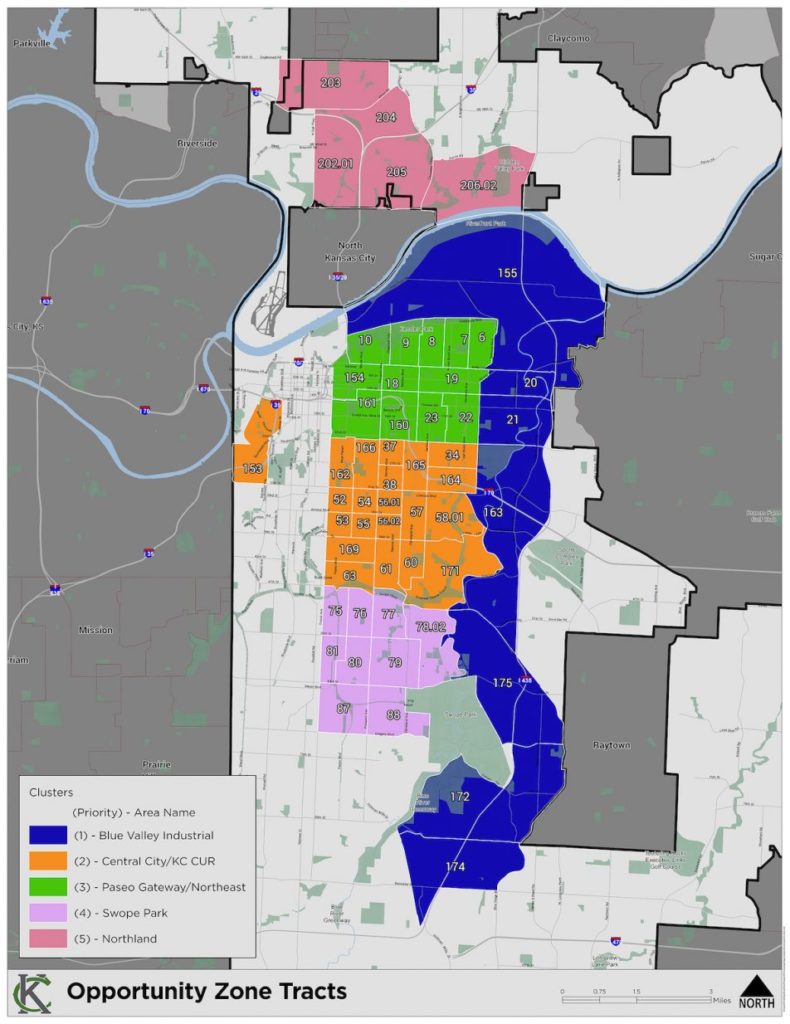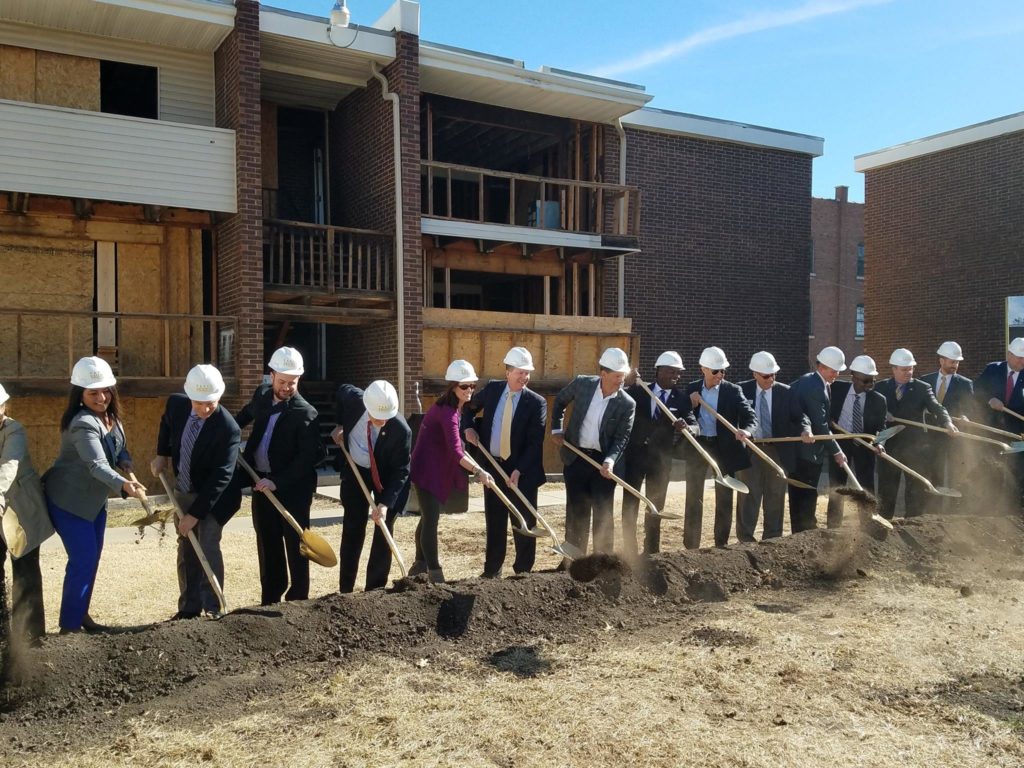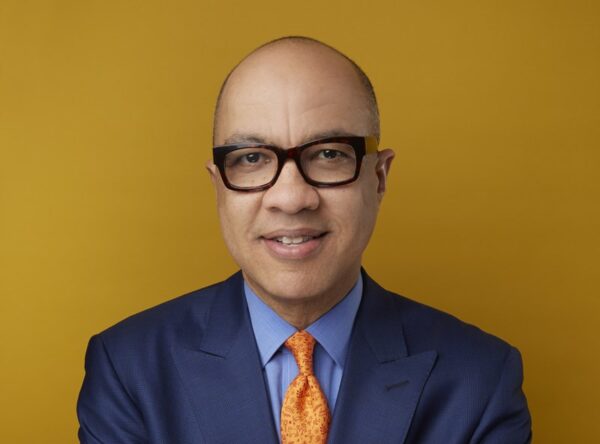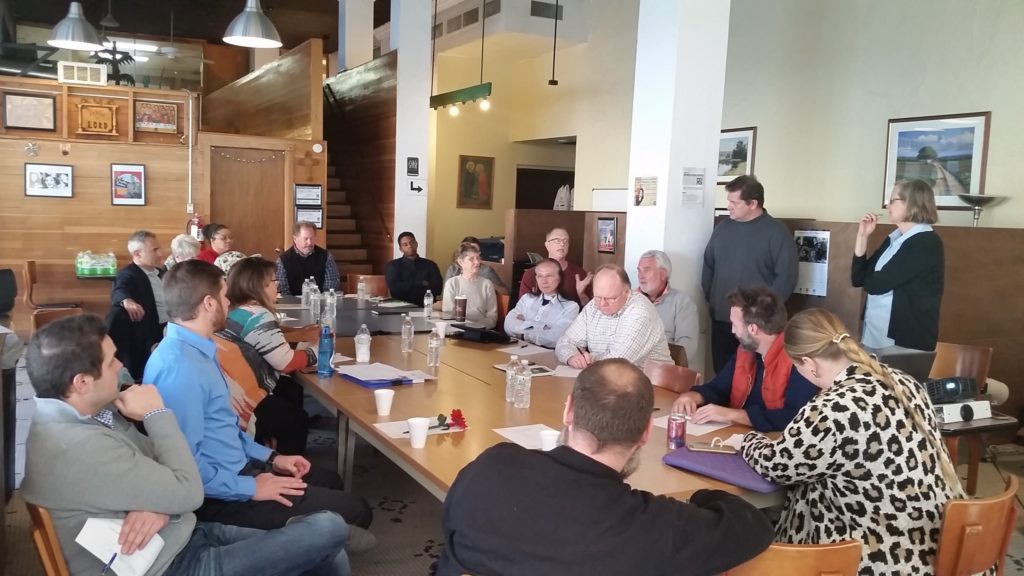
Bruce Katz, urbanist extraordinaire, recently posted “The Unanticipated Effects of Opportunity Zones.” As a consultant, he has been diligently working with cities across the United States to assist with the marketing strategies for attracting Opportunity Zone capital into designated areas. I have been lucky enough to be a part of this process in Kansas City.
His latest commentary reveals five potential indirect outcomes of the OZ legislation that communities should consider harnessing (in my own words):
- Mapping local capital
- Evaluating current banking practices
- Using technology for data analysis and mapping
- Using common goals and typologies to overcome traditional geographic competition
- Local, community wealth building
Bruce and his colleagues at The New Localism are right on. Since the OZ tax incentive has been announced, I have been straddling the line between the market of affluence eager to financially benefit and the hopeful low-income communities praying to see wealth cultivated from WITHIN their neighborhoods and FOR their families. It is a glaring tension and one which Bruce and many of us in community development are striving to unhinge.
I believe for a city to be successful in using this tax policy to spur inclusive and equitable economic development, local assets need to be harnessed.
Affordable housing will still be extremely challenging to finance without public subsidies like the Low Income Housing Tax Credit or substantial CDBG funds.
Commercial projects and cultural facilities that want to serve indigenous populations and provide low lease rates to incentivize women and minority entrepreneurs are going to need risk mitigants for the developers willing to build them.
These projects will not be the favored deals of national OZ investors who have big gains to redirect and want to maximize returns. Instead, as Bruce alludes to, this potential game-changer for inner-city neighborhoods is a call to action for local stakeholders and investors to capitalize upon existing initiatives and nearby wealth.

When I served as Executive Director for Greater Kansas City LISC
The reality is that it often takes a crisis or a large federal program to effectively convene, collaborate and leverage resources in new ways. HUD’s Choice Neighborhood initiative is a great example.
In Kansas City, actors from all sectors came together to compete and win the $40 million grant which is used as a catalyst for another $60 million of investments from these partners. 150 families are being rehoused in new, mixed-income developments and an entire neighborhood is being lifted from a stagnant state of crime and neglect.
Similar approaches should be used in tandem with the OZ legislation. The housing and mixed-use projects I evaluate need low-interest, patient capital to work. 10 years of equity would be perfect if the investor only needed 3-5% returns before their other OZ tax benefits.
Local high-net worth individuals and corporations should connect with local strategies to make these visions come to life.
Foundations and cities should invest in the capacity required to carry-out the technical and social aspects of these strategies, particularly the non-profit community-based organizations whose missions are to amplify the voices and economic potential of the residents.
I wish we didn’t need to wait for disasters and large public infusions to do the building work we strive to accomplish. But when they come, even in the form of tax incentives for the wealthy, communities need to band together to maximize their benefit for the place and the people. As Bruce concludes, “Opportunity Zones could be substantial and more transformative than a narrow, literal application of the Opportunity Zone tax incentive would have us believe.”


